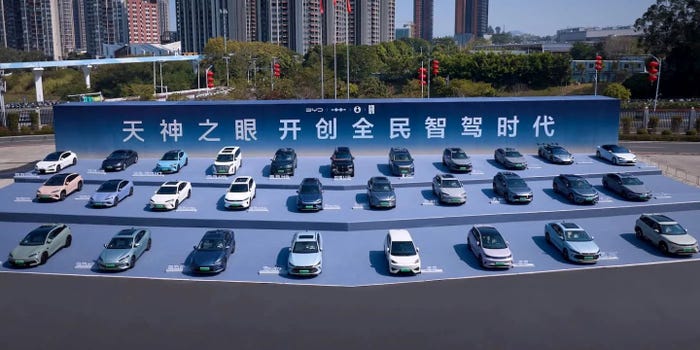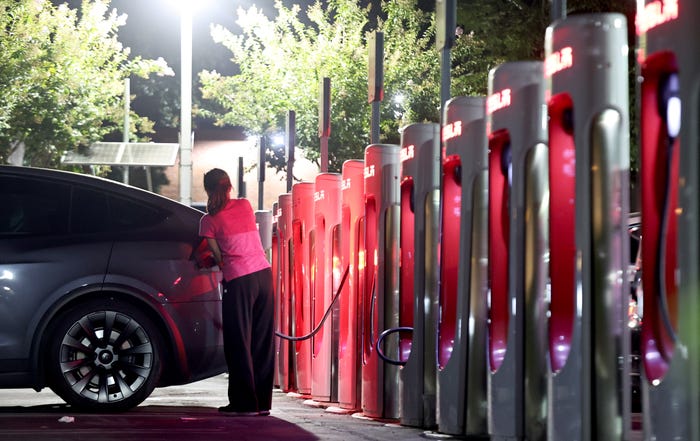IoT Can Enhance Workplace Indoor Environmental QualityIoT Can Enhance Workplace Indoor Environmental Quality
Smart systems can monitor and optimize air quality, lighting conditions and climate controls, and encourage employee mobility

In today's rapidly evolving workplaces, where the well-being and productivity of employees are paramount, the role of technology in shaping indoor environments has never been more critical. The advent of IoT has unlocked a wealth of opportunities to optimize Indoor Environmental Quality (IEQ) in ways previously unimaginable.
IEQ refers to the quality of the indoor environment, particularly concerning the health, comfort and well-being of occupants. It encompasses various factors such as indoor air quality, thermal comfort, lighting, acoustics and ergonomics. Using data from IoT-enabled building systems and technology, building management holds the key to fostering healthier, more comfortable, and ultimately more productive workspaces.
Consistent Air Quality Monitoring
One of the fundamental pillars of a healthy indoor environment is air quality. With IoT sensors seamlessly integrated into workplace settings, businesses can now achieve consistent monitoring of key air quality metrics. For instance, ensuring total volatile organic compounds (TVOCs) stay below 500 parts per billion (PPB) and carbon dioxide (CO2) levels are kept under 800 parts per million (PPM) is crucial for optimal air quality.
Traditional HVAC systems may fall short in mitigating high CO2 levels effectively. However, with IoT-enabled solutions, businesses can implement strategies to introduce fresh air circulation and deploy air purifiers in stagnant areas. This proactive approach not only helps reduce the risk of infectious disease transmission but also promotes brain activity and productivity among employees, leading to a healthier and more engaged workforce.
Optimizing Lighting Conditions
The impact of lighting on employee well-being and performance cannot be overstated. Through IoT-driven smart lighting systems, businesses can tailor lighting conditions to meet the diverse needs of employees and tasks.
Maintaining lighting levels below 4000 Kelvin and providing adjustable lighting options throughout the workspace can help reduce eye strain, improve focus, and create a more positive work environment conducive to productivity. In addition, this type of smart lighting provides energy savings through added efficiency, resulting in more cost-effective operations.
Remotely Managing Climate Controls
The optimization of heating and cooling systems through IoT-enabled solutions represents a powerful strategy for promoting both employee wellness and energy efficiency in workplace environments.
Maintaining comfortable indoor temperatures not only enhances physical comfort but also promotes mental alertness and overall well-being among employees. By prioritizing HVAC optimization, businesses can create environments that are conducive to employee health and satisfaction, ultimately leading to higher levels of engagement and productivity.
Encouraging Mobility in the Workplace
In today's sedentary work culture, promoting movement and physical activity within the workplace is essential for employee health and mental alertness. By investing in flexible workplace layouts that encourage regular mobility and movement, businesses can mitigate the adverse effects of prolonged sitting and foster a culture of well-being and vitality among employees. Through IoT data such as heat mapping, building owners and managers can use real-time data about movement patterns in the workplace to determine the most optimum layouts that keep employees from remaining stationary too long, promoting employee wellness and engagement.
As businesses navigate the complexities of creating safe and healthy indoor environments, leveraging IoT technologies emerges as a powerful strategy. Not only does IoT facilitate real-time monitoring and management of indoor environmental parameters, but it also empowers businesses with actionable insights to drive continuous improvement. By embracing IoT-driven solutions, businesses can enhance IEQ, elevate employee satisfaction, and ultimately achieve greater success in today's competitive landscape.
About the Author
You May Also Like








